Hip fractures in elder people are a big problem. Not only they can’t walk on their own but the mortality is pretty high: around 25%. This happens because immobility can be devastating for old people. Treating them early can reduce time of immobility, and mortality.
Table Of Content
- Why are hip fractures so dangerous?
- Hip fracture types
- How to diagnose hip fractures
- To treat or not to treat: that is the question
- After surgery
- Questions And Answers
Most of the time, hip fractures happen to elder people when they slip and fall, because their bones are weaker due to osteoporosis. Women have a higher risk after menopause, too, because menopause comes with “extra osteoporosis”. After the fall, they won’t be able to walk and sometimes won’t even stand.
They’ll have a lot of pain trying to move their leg and can have a deformity too: the broken leg will be rotated outwards and shortened.
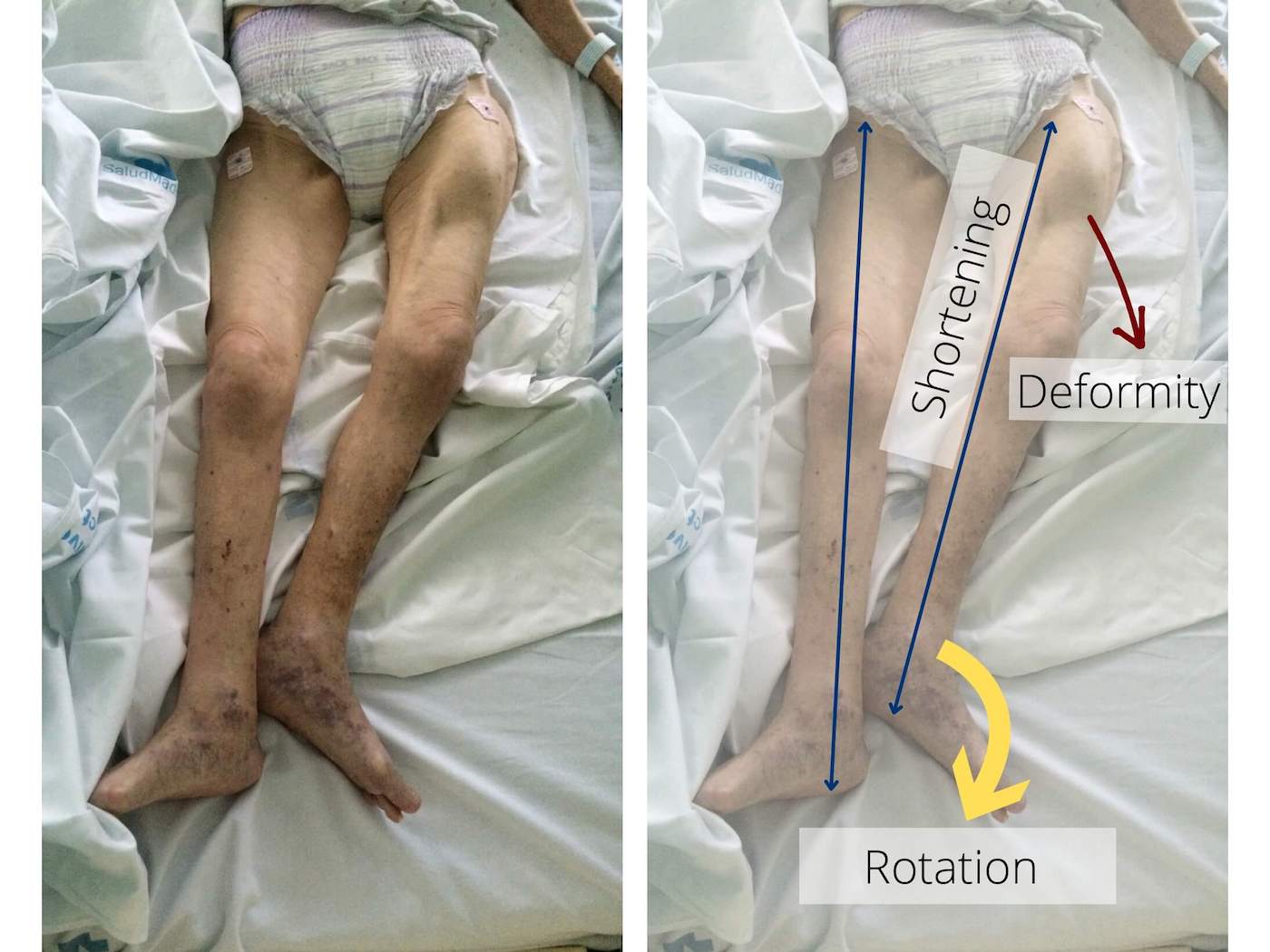
Why are hip fractures so dangerous?
Hip fractures have a mortality of 20-25% during the first year. So, what makes a “simple fracture” so dangerous?
First, patients who break their hip tend to be aged and fragile, and they often have other health issues. Because they are old, they deteriorate easily during the period they spend in bed: they lose muscle mass, strength, mental status… After this, they are more prone to new falls, pneumonia, and other complications.
Second, immobility can cause other problems, like blood clots. They usually start in the legs, but if they travel to the lungs or brain, they can be fatal.
Finally, surgery is not risk-free. Even though hip fracture surgery is not a complex one, it has some risks, especially for old patients.
Hip fracture types
There are 2 types: intracapsular and extracapsular fractures.
– Intracapsular fractures happen inside the capsule that surrounds the hip, in the neck of the femur. They are quite complex because they can cause femoral head necrosis (there are many small arteries going through the femoral neck). That’s why they usually require a partial hip replacement.
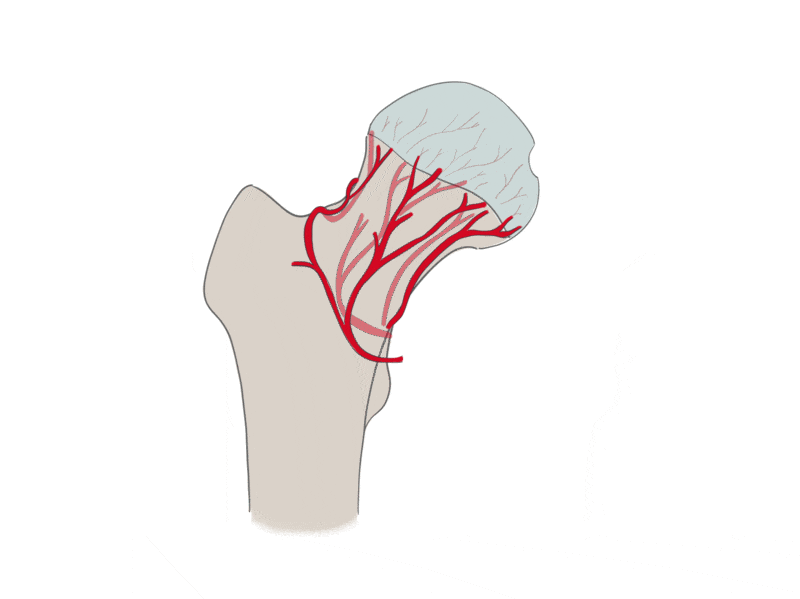
– Extracapsular fractures affect the area outside the capsule. They don’t cause femoral head necrosis so they are easier to treat.
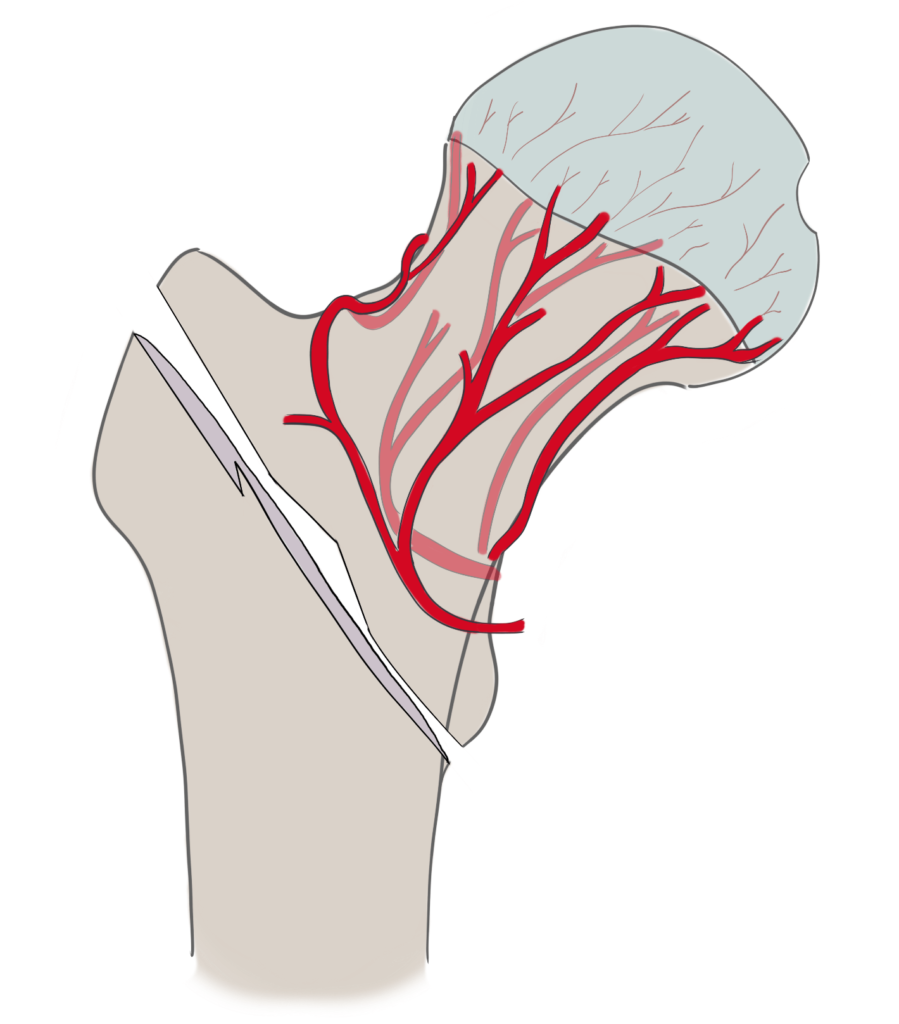
How do you diagnose hip fractures?
An x-ray is usually enough to show the fracture. If there are any doubts, a C.T. will confirm the diagnosis.
To treat or not to treat: that is the question
Should everybody get treatment?
It depends on the type of fracture and the patient. While your hip is broken and untreated, you can’t walk, stand or, sometimes, sit. This immobility is dangerous and it can cause deconditioning, clots… The good thing about surgery is that you’ll be able to sit the next day and some patients can walk a few days after surgery.
On the other side, if you don’t get it fixed and have to be immobilized for over 1 month, there are high chances of complications.
The treatment for extracapsular fractures is quite simple and almost everybody can endure it. Even if you are 100 years old and can’t walk you may benefit from it, as it may allow you to sit.
The treatment for intracapsular fractures, though, is more complex because it requires a hip replacement. Depending on your overall health, you and your doctor will decide on whether to treat it or not. If you have serious health issues, surgery may be too risky. If you have important healht issues you may not make it through the anesthesia. In those cases, not operating is a better option.
1. How to treat extracapsular hip fractures
Extracapsular hip fractures are easy to treat. The goal is to align both fragments with a femoral nail. We insert a nail through the bone medullary cavity and then fix it with some screws.
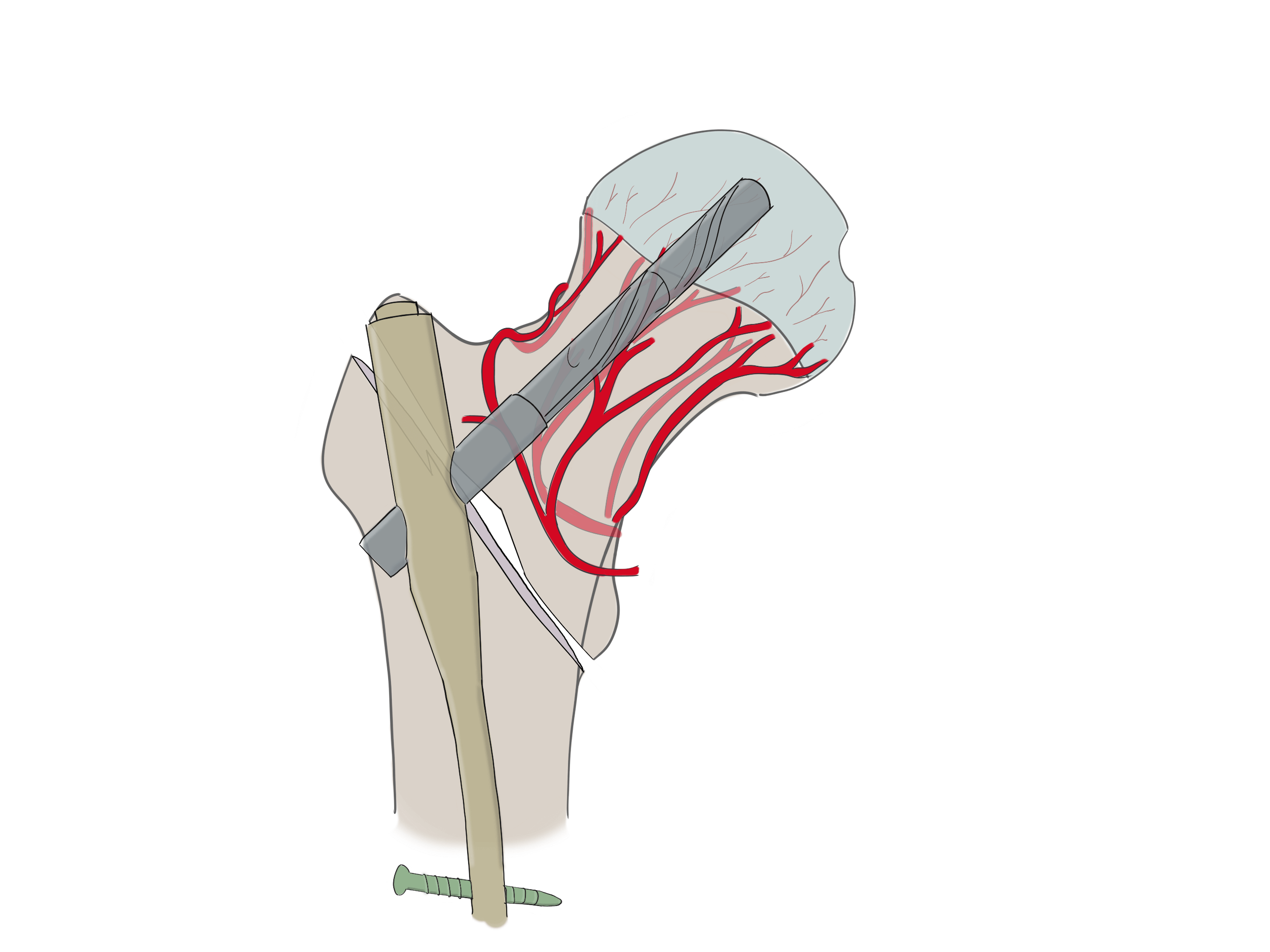
2. How to treat intracapsular hip fractures
In this case, we want to align the fragments and prevent femoral head osteonecrosis. When the femoral neck breaks, the arteries going into the head get injured too. Then, the femoral head dies. That’s why, unless the fragments don’t move at all, we need to replace the hip with a prosthesis.
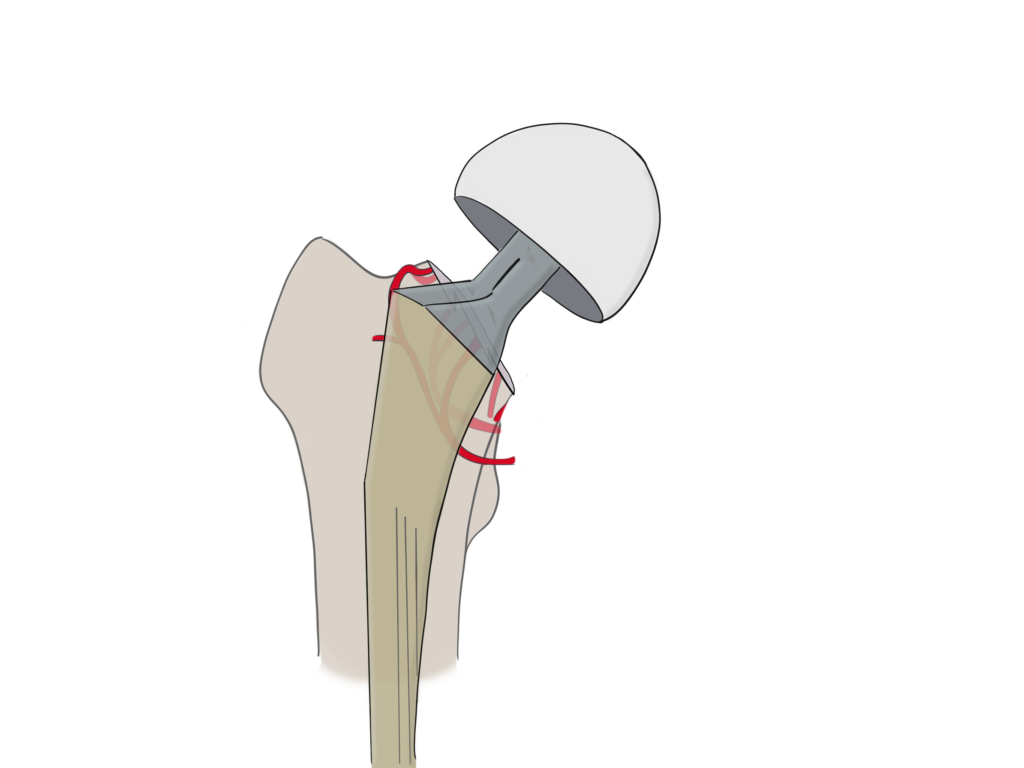
What comes after surgery?
We need early mobilization to reduce complications and improve recovery. Rehab is easier for patients with extracapsular fractures treated with a femoral nail. They can start sitting the day after surgery and usually start walking during the next few days. Your doctor will tell you about your specific case.
As for patients with a hip replacement, the process is a little slower. You have to be more careful. The most important is you should avoid leaning forward to “pick something from the floor” as your prosthesis can dislocate. Instead, use some long arm grabber. For the same reason, don’t flex your hip too much.

Questions and answers
-
Is it possible to remove the screws after >20 years?
The screws usually stay, it’s not necessary to remove them. If any of the screws is standing out and bothers you, it can be removed once the bone has healed.
-
What are the sequelae for hip fractures?
Your leg can get shorter than before. It’s usually not a big deal (less than 2 cm), but there is a chance. If the difference is larger than a few cm, you can use a wedge in your shoe. Your leg could get rotated too, but that’s not common as those deformities are corrected during surgery.
Sources
- https://orthoinfo.aaos.org/en/diseases–conditions/hip-fractures
- “The 1-year mortality of patients treated in a hip fracture program for elders” https://pubmed.ncbi.nlm.nih.gov/23569656/
Leave a Reply